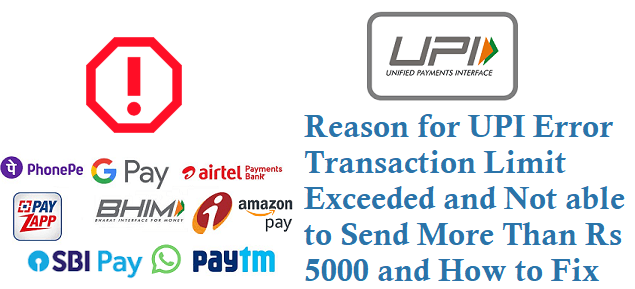Introduction
In today’s world of digital payments and online transactions, we often encounter the dreaded message “Transaction Limit Exceeded.” This frustrating notification can abruptly halt our financial activities, leaving us wondering what happened and how to resolve it. To alleviate these frustrations, let’s delve into the meaning of transaction limits, their potential causes, and effective strategies to overcome them.

Image: www.techaccent.com
Understanding Transaction Limits
Transaction limits refer to the maximum amount of money an individual can send or receive through a particular payment platform or financial institution within a specific time frame. These limits are established by the respective institutions to safeguard against financial fraud, protect users from overspending, and ensure the integrity of their systems.
Limits vary significantly depending on the institution, transaction type, and individual’s financial standing. They can be daily, weekly, or monthly, and may apply to different transaction methods such as ATM withdrawals, debit card purchases, or online payments.
Causes of Transaction Limit Exceeded
Several factors can trigger a “Transaction Limit Exceeded” notification:
- Account Security: Banks and payment providers may impose lower limits on newly opened accounts or those suspected of suspicious activity to minimize fraud risk.
- Low Credit or Debit Limit: Inadequate credit or debit limits on your account can restrict your ability to make large transactions.
- Bank’s Discretion: Financial institutions may lower transaction limits due to internal policies or changes in your financial situation or creditworthiness.
- Third-Party Restrictions: Merchants or payment platforms may impose their own transaction limits, independent of your bank’s limits.
- System Errors: In rare cases, technical errors or glitches within the payment system may result in incorrect limit notifications.
Overcoming Transaction Limits
Despite the potential inconvenience, several measures can be taken to overcome transaction limits:
- Contact Your Financial Institution: The most direct solution is to contact your bank or payment provider to inquire about the reason for the limit and discuss potential options to increase it.
- Provide Documentation: If your limit is low due to security concerns, providing additional documentation, such as proof of income or recent account statements, can help expedite limit enhancements.
- Request a Temporary Increase: For urgent situations, such as large purchases or unexpected expenses, you can request a temporary increase in your limit. However, approvals are not guaranteed and may require additional steps and justifications.
- Use Multiple Payment Methods: Breaking down large transactions into smaller amounts and using different payment methods, such as a combination of debit card, credit card, or bank transfer, can bypass individual transaction limits.
- Explore Alternative Payment Platforms: Consider using other payment platforms or services that offer higher transaction limits, but always ensure their reliability and security.
- Wait for Limit Reset: If applicable, wait for the start of the next transaction cycle (e.g., daily, weekly, or monthly) when your limits are typically reset.

Image: freopay.com
Transaction Limit Exceeded Meaning
https://youtube.com/watch?v=q1vLwg9TUJQ
Conclusion
Understanding the meaning of transaction limits and their potential causes can help us avoid unexpected financial disruptions. By proactively contacting our financial institutions, providing necessary documentation, or exploring alternative payment options, we can effectively overcome these limits and ensure uninterrupted financial transactions. Remember, as technology and financial regulations evolve, transaction limits may change. Staying informed about these updates and the policies of our payment providers is essential for seamless financial management.






